
Warcraft III: The Frozen Throne is a real-time strategy computer game developed for Microsoft Windows, Mac OS and Mac OS X by Blizzard Entertainment. It is the official expansion pack to Warcraft III: Reign of Chaos, requiring Reign of Chaos to play. Released in stores worldwide in multiple languages beginning on July 1, 2003, it includes new units for each race, a new neutral race, four campaigns, five neutral heroes (an additional neutral hero was added April 2004 and two more were added in August 2004), the ability to build a shop and various other improvements such as the ability to queue upgrades. Sea units were reintroduced; they had been present in Warcraft II but were absent in Reign of Chaos. Blizzard Entertainment has released patches for the game to fix bugs, add new features, and balance multiplayer.
The setting, arguably one of the most acclaimed of the Warcraft mythology, plays a prominent role in the Warcraft MMORPG as the backdrop for World of Warcraft: The Burning Crusade, as well as World of Warcraft: Wrath of the Lich King.
Story
Campaign
Illidan Stormrage has gained the allegiance of the Naga, former Night Elves who adapted to underwater life and become strange, reptilian creatures. The Warden Maiev Shadowsong pursues her former prisoner, Illidan, across the sea, first to the Tomb of Sargeras. However, Illidan gains an artifact known as the 'eye of Sargeras' and wipes out some of Maiev's best women. Forced to call for help, she sends a messenger back to the mainland of Kalimdor. She asks the assistance of Malfurion Stormrage and Tyrande Whisperwind, but Maiev holds a grudge against Tyrande for her actions in releasing Illidan. Although they are able to chase Illidan to Lordaeron, while helping the Blood Elven prince Kael'Thas, Tyrande delays the advance on an Undead army that causes her to be swept away downriver: upon their reunion, Maiev lies to Malfurion, claiming Tyrande was killed in order to prevent Illidan's escape. Malfurion and Maiev prevent Illidan from using the artifact called the Eye of Sargeras, defeat his army and condemn him to death. Illidan tries to justify his actions by saying his plan was to use the Eye to destroy the Icecrown Glacier and kill the Lich King, thereby destroying their common enemy in the Undead, but Malfurion accuses Illidan of having indirectly causing Tyrande's death. Kael'thas informs him Tyrande may have survived; Maiev's treachery comes out, and the brothers Stormrage join forces to save Tyrande. At this point, Kael'Thas supposedly takes a few more days to meet up with the human forces in the city of Dalaran, the exact same city in which they stopped Illidan. Malfurion then pardons Illidan after they save Tyrande, though he does not revoke his exile. Illidan then states that he could not join the Night Elves even if Malfurion did permit it, because his master will be enraged by his failure to use the Eye properly, and will hunt him down. Illidan departs for Outland, followed by Maiev. It seems as though Maiev would chase Illidan to the depths of the world, as she would do so. Malfurion then remarks that she has become 'vengeance itself'.
In the next campaign, the Alliance Campaign, the Humans are not the main focus unlike in previous games. Instead of the full Alliance, only the Blood Elven units are available (after the first mission), with the addition of the Draenei and Naga (who join forces with the Blood Elves throughout the game). Prince Kael'thas is the leader of the Blood Elves, a group of High Elves that survived the invasion of Quel'Thalas by the Scourge. Originally helping the Alliance, the Blood Elves take the help of the Naga to defend Dalaran and are imprisoned by Garithos, a Human leader prejudiced against the Blood Elves. In the dungeons, however, they are eventually rescued by Lady Vashj and her Naga. Vashj then helps free the other Blood Elves and takes them all to Outland, the remnants of the Orc realm Draenor, to meet their master Illidan. After fending off Maiev and gaining the allegiance of the native Draenei, Illidan is able to conquer Outland, storming the stronghold of the ruling Pit Lord, Magtheridon, where he hopes he will be safe from his failure to destroy the Frozen Throne. His master, the demon warlock Kil'jaeden, catches them nonetheless, and Illidan begs for forgiveness, claiming that he was merely gathering more forces to defeat the Undead Scourge. Kil'jaeden gives Illidan one last chance to destroy the Frozen Throne...or suffer his wrath.
In the lands of Lordaeron, now known as the Plaguelands, Arthas returns to take his throne. After purging the capital city of humans once more, a civil war takes place. The Undead forces splinter into three major factions: Arthas and Kel'Thuzad, loyal to the Lich King; the Forsaken, led by the Banshee Queen Sylvanas Windrunner; and the 3 Dreadlords (Balnazzar, Detheroc, and Varimathras), loyal to the Burning Legion, seeking to avenge the Legion's defeat by controlling the Undead. Although it is speculated that Arthas would dominate all factions, he is forced to journey to Northrend, as Illidan's use of the Eye of Sargeras, while failing to kill the Lich King, has cracked his glacial prison and caused his power and that of his followers to weaken. In the end, Sylvanas defeats the Dreadlords, enslaving Varimathras and slaying the others, to become the nominal ruler of the Plaguelands, while Arthas travels to Northrend to defend the Lich King, battling the subterranean Nerubian race and Illidan's forces. After a ferocious battle between the Undead army of Arthas, and Illidan's Blood Elf and Naga troops to siege the four obelisks, which allows access to Icecrown glacier, Arthas defeats Illidan in a duel, and ascends to the Frozen Throne. He becomes one with the Lich King by donning the armor of Nerzhul. The new Lich King's further plans will be explored in World of Warcraft: Wrath of the Lich King.
Bonus Campaign: The Founding of Durotar
The Orc mini-campaign is a departure from the rest of the game. It has features more like an RPG similar to Diablo, featuring a Beastmaster named Rexxar as he helps the Orcs defend and develop their new home of Durotar from various enemies. The Orc mini-campaign was created because the game designers felt that the Orc storyline didn't fit into the main plot of The Frozen Throne. The mini-campaign allowed the designers to move away from standard real-time strategy conventions and explore new level design and gameplay concepts. This campaign was extended by two more chapters through patches of the main game.[1] It also established plot and setting details in preparation for Blizzard's MMORPG World of Warcraft. Completing the other campaigns is not a requirement to play the mini-campaign as the menu immediately allows the player to choose between the campaign missions and the mini-campaign.
In the wilds of Kalimdor, Rexxar comes across an Orc messenger who is attacked and mortally wounded, subsequently passing on his message to Rexxar before he dies. Rexxar gives the message to Thrall, the warchief of the Horde. He stays in the city of Orgrimmar for a while, performing a number of duties for the Horde to earn his keep. Eventually, he discovers that a force of Humans is planning an invasion of Durotar, led by Grand Admiral Daelin Proudmoore, who has seized control of the Theramore islands from his daughter. Rexxar gathers allies for the Horde, the taurens led by Cairne Bloodhoof and the ogres led by Rexxar, and leads the assault on the islands to end the threat to the Horde. The Admiral is slain, and the Orcs leave the island in peace, but the truce between the Horde and the Alliance seems forever strained by the battle.
There is also an extra hero, Chen Stormstout the Pandaren Brewmaster available for playing if the optional quest 'Rare Brew' is completed.
Additions
For each race, The Frozen Throne adds several new units and buildings, and one new hero per race. The entirely new race "Naga" has also been added, and can be played in several Night Elf and Blood Elf missions, as well as in custom maps if their basic unit (the Mur'gul Slave) is added via the World Editor. A smaller race, the Draenei, have also been included, though they can only be played in the Human campaign and World-Editor created maps. The old siege engines of the Humans, Orcs and Night Elves have been renamed and remodeled, receiving new upgrades in the process. The population limit has been increased from 90 to 100.
The expansion and its subsequent patches made the addition of neutral Hero units, which appear in the single player campaigns. Neutral heroes can be used in melee maps via the Tavern, a neutral building to hire them. The tavern can also instantly revive any fallen hero, with an increased resource cost, and reduced health and mana of the revived hero. A nearby unit is needed to access the tavern.
The Warcraft III Map Editor program now allows the user to do more custom work with regards to editing skills and new tileset and models to work with. A mod is being used with an anticipated project of a Warcraft III version of World of Warcraft which allows players to play single-player campaign and have several players play as well. The single-player version is nearly out but the multiplayer-MMORPG version has been delayed due to RTC changes.
Ladder
Battle.net servers host PvP Ladders for The Frozen Throne. Kalimdor (Asia), Lordaeron (USWest), Azeroth (USEast), Northrend (Europe),ThaiCyberGames (Thailand) all have influential players of their own. However, the varied styles of play and range of skill is heavily favored towards foreign realms such as Kalimdor and Northrend. These competitive ladders have driven the game along with yearly pro competitions. In recent years the steady decline of top players on the domestic realms has led to the few remaining top players to leave to Kalimdor, Northrend, retire altogether or move onto the Blizzard MMORPG World of Warcraft. The battle.net ladder includes Solo, Random Team, Arranged Team (2vs2, 3vs3, 4vs4) and Free For All, giving a wide range in which a player can determine and choose which ladder best suits them.
Another problem threatening ladder play is the fact that Battle.net has ceased to update its hack prevention program and a large percentage of ladder users utilizes third party programs for unfair advantages such as having the entire map revealed. The current matchmaking system also prevents players with very positive records from being able to find a game in a reasonable amount of time. At the same time others will join and leave many games repeatedly with an automated program to be matched against players with negative records in what is referred to as "AMM abuse".
Development
Warcraft III: The Frozen Throne was originally announced on January 22, 2003.[2] On February 14, 2003, Blizzard announced the first beta test for the game, which offered 10,000 players to sample the game.[3] On March 10, 2003, 10,000 more players were selected to participate in the beta test.[4] On May 29, 2003, Blizzard announced that the expansion set had "gone gold". There have been many patches, including patch 1.21b which allowed the game to be played without the official CD. On April 4, 2008 Blizzard released a new test version of Warcraft III patch 1.22. The patch was available for testing on the "Westfall" beta server. The Westfall server was recently taken down and a message by Blizzard was given stating that a live release of patch 1.22 to all realms would be forthcoming. On July 1, 2008 patch 1.22 was released. Due to the latest patch, version 1.23, many third-party programs have been rendered unusable. Several third-party programs that reveal the entire map, commonly known as maphacks, have been released for the update. It also disabled collided maps, which would make modified custom maps appear to be the same as the original. Another effect of the patch, which is not included in the release notes, is that custom maps with large filenames will not appear in the game. The limit is believed to be 20 characters, but this has not yet been tested.[5] The 1.23 patch included no actual changes to gameplay, and the 1.24a and 1.24b patches followed suit.
Awards and ratings
Like its predecessor, The Frozen Throne was well received among critics. It has an average rating of 90.5% on Game Rankings.[6] It is still played by hundreds of thousands with the aid of the vast editor.


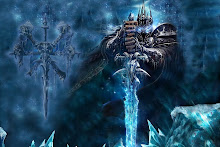
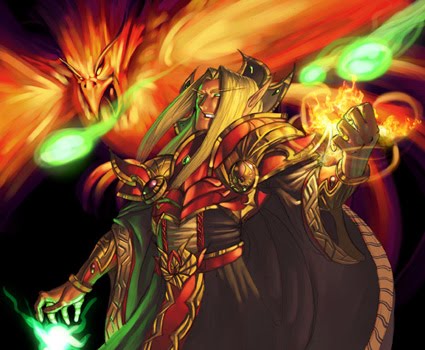
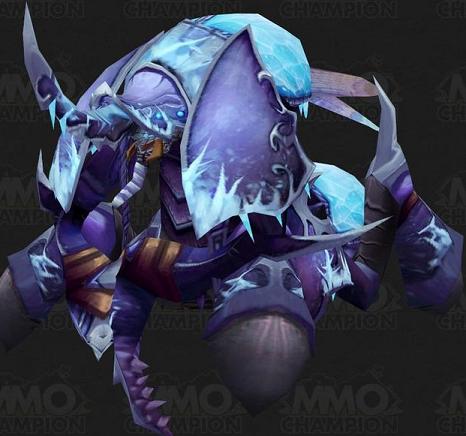
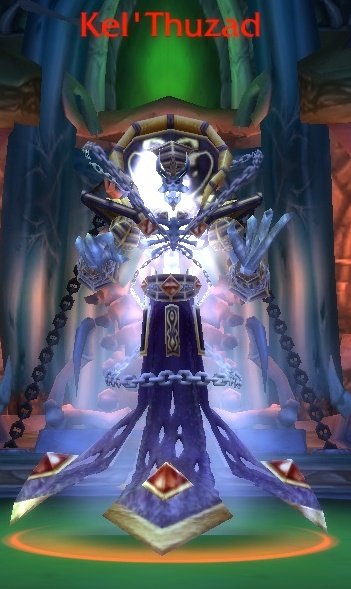
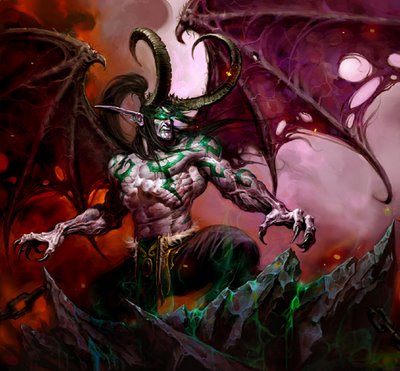
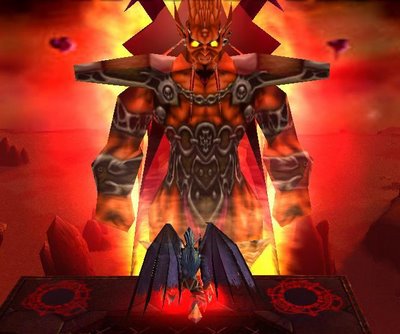
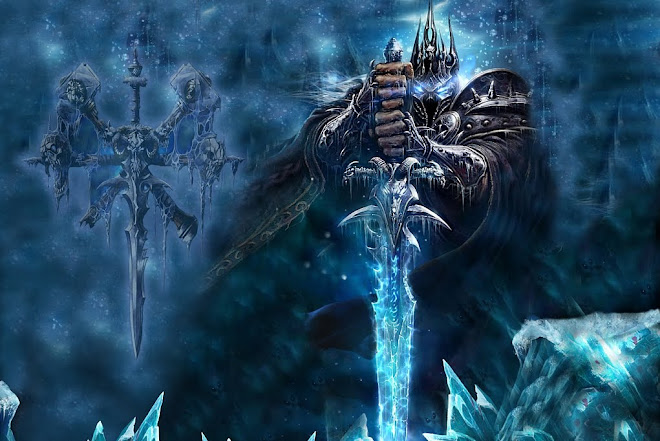
Tidak ada komentar:
Posting Komentar